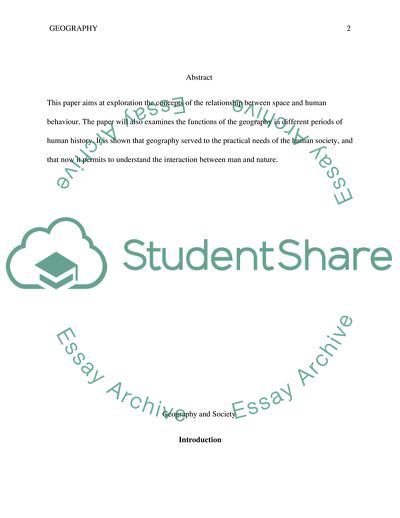Cite this document
(The Concepts of the Relationship between Space and Human Behaviour Coursework, n.d.)
The Concepts of the Relationship between Space and Human Behaviour Coursework. https://studentshare.org/geography/1827375-1-the-relationship-between-space-and-human-behavior-which-causes-the-other-2-the-functions-of-geography-through-the-ages
The Concepts of the Relationship between Space and Human Behaviour Coursework. https://studentshare.org/geography/1827375-1-the-relationship-between-space-and-human-behavior-which-causes-the-other-2-the-functions-of-geography-through-the-ages
(The Concepts of the Relationship Between Space and Human Behaviour Coursework)
The Concepts of the Relationship Between Space and Human Behaviour Coursework. https://studentshare.org/geography/1827375-1-the-relationship-between-space-and-human-behavior-which-causes-the-other-2-the-functions-of-geography-through-the-ages.
The Concepts of the Relationship Between Space and Human Behaviour Coursework. https://studentshare.org/geography/1827375-1-the-relationship-between-space-and-human-behavior-which-causes-the-other-2-the-functions-of-geography-through-the-ages.
“The Concepts of the Relationship Between Space and Human Behaviour Coursework”. https://studentshare.org/geography/1827375-1-the-relationship-between-space-and-human-behavior-which-causes-the-other-2-the-functions-of-geography-through-the-ages.


